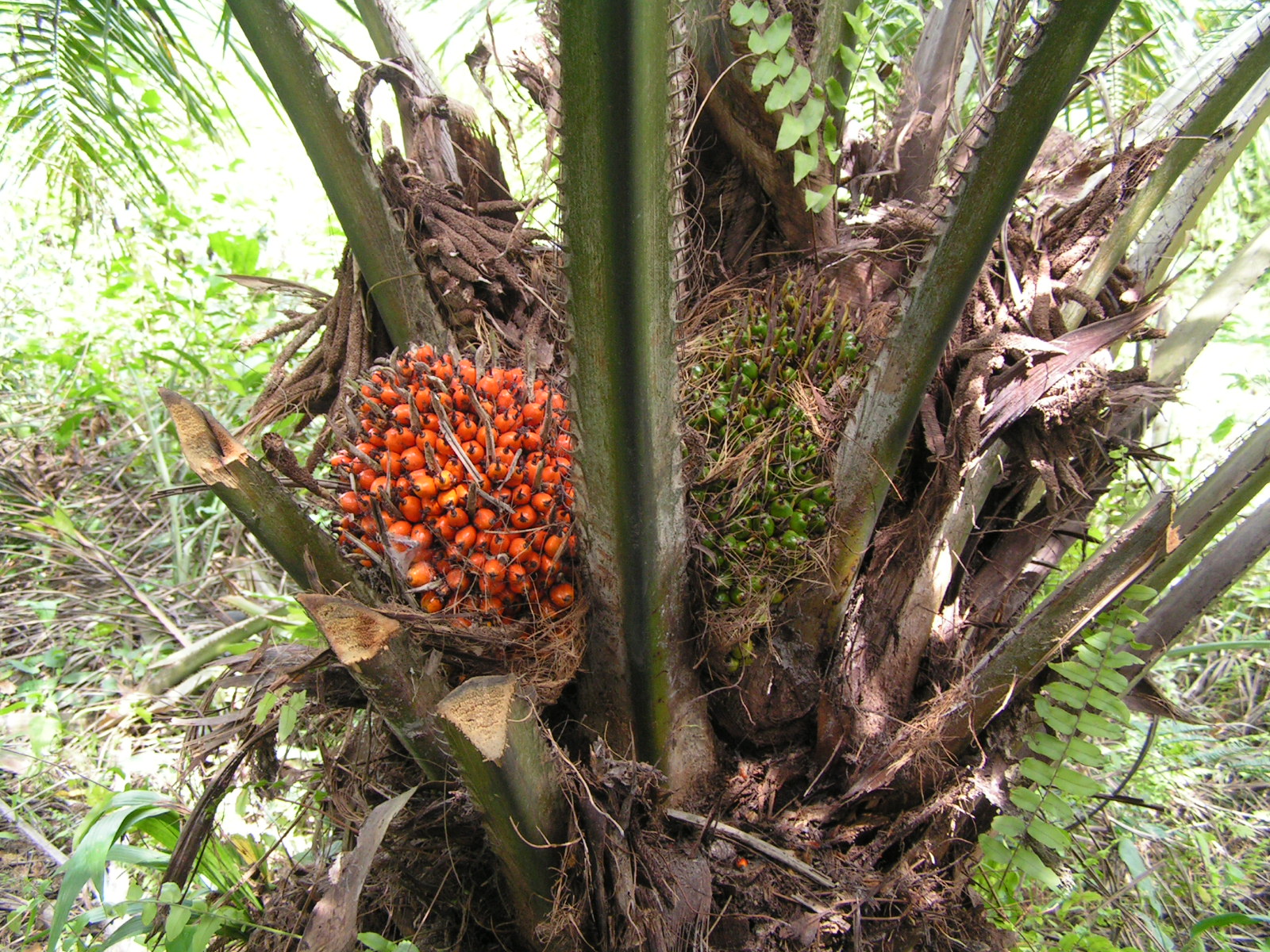|
Deerfield Beach Arboretum
The Deerfield Beach Arboretum, also known as the Tree Zoo, is an arboretum and botanical garden located in Deerfield Beach, Florida, United States. It covers 9 acres (3.6 ha). It is owned by the city of Deerfield Beach and managed by The Friends of the Deerfield Beach Arboretum. It contains more than 200 different species of trees and palms from around the world, with more than 50 different species of flowering trees. The Arboretum was founded by the then city forester, Zeke Landis, in 1995 with a selection of 22 trees and palms, and has since grown to 325 species (excluding native) of palms, tropical fruit trees, exotic flowering and canopy trees, bamboos, and miscellaneous exotic trees. Arboretum areas currently include: Bamboo, Butterfly garden, Children's Garden, Exotic canopy trees, Flowering trees, Native canopy trees, Orchid Display, Palm trees, Spice and Herb Garden, Tropical fruit trees, and a Wetlands demonstration area. The plant collection is varied and extensive. S ... [...More Info...] [...Related Items...] OR: [Wikipedia] [Google] [Baidu] |
Elaeis Guineensis
''Elaeis guineensis'' is a species of palm commonly just called oil palm but also sometimes African oil palm or macaw-fat. It is the principal source of palm oil. It is native to west and southwest Africa, specifically the area between Angola and the Gambia; the species name, ''guineensis'', refers to the name for the area, Guinea, and not the modern country now bearing that name. The species is also now naturalised in Madagascar, Sri Lanka, Malaysia, Indonesia, Central America, Cambodia, the West Indies, and several islands in the Indian and Pacific Oceans. The closely related American oil palm ''Elaeis oleifera'' and a more distantly related palm, ''Attalea maripa'', are also used to produce palm oil. ''E. guineensis'' was domesticated in West Africa along the south-facing Atlantic coast. There is insufficient documentation and insufficient research to make any guesses as to when this occurred. Human use of oil palms may date as far back as 5,000 years in Egypt; in the late ... [...More Info...] [...Related Items...] OR: [Wikipedia] [Google] [Baidu] |
Arboreta In Florida
An arboretum (plural: arboreta) in a general sense is a botanical collection composed exclusively of trees of a variety of species. Originally mostly created as a section in a larger garden or park for specimens of mostly non-local species, many modern arboreta are in botanical gardens as living collections of woody plants and is intended at least in part for scientific study. In Latin, an ''arboretum'' is a place planted with trees, not necessarily in this specific sense, and "arboretum" as an English word is first recorded used by John Claudius Loudon in 1833 in ''The Gardener's Magazine'', but the concept was already long-established by then. An arboretum specializing in growing conifers is known as a pinetum. Other specialist arboreta include saliceta (willows), populeta ( poplar), and querceta (oaks). Related collections include a fruticetum, from the Latin ''frutex'', meaning ''shrub'', much more often a shrubbery, and a viticetum (from the Latin ''vitis,'' meaning vine, ... [...More Info...] [...Related Items...] OR: [Wikipedia] [Google] [Baidu] |
List Of Botanical Gardens In The United States
This list is intended to include all significant botanical gardens and arboretums in the United States.BGCI Garden Search |
Ylang Ylang
''Cananga odorata'', known as ylang-ylang ( ) or cananga tree, is a tropical tree that is native to the Philippines, Malaysia, Indonesia, New Guinea, the Solomon Islands, and Queensland, Australia. It is also native to parts of Thailand and Vietnam. It is valued for the essential oils extracted from its flowers (also called "ylang-ylang"), which has a strong floral fragrance. Ylang-ylang is one of the most extensively used natural materials in the perfume industry, earning it the name "Queen of Perfumes". The ylang-ylang vine (''Artabotrys odoratissimus'') and climbing ylang-ylang (''Artabotrys hexapetalus'') are woody, evergreen climbing plants in the same family. ''Artabotrys odoratissimus'' is also a source of perfume. Etymology and nomenclature The name ''ylang-ylang'' is the Spanish spelling of the Tagalog term for the tree, - a reduplicative form of the word , meaning "wilderness", alluding to the tree's natural habitat. A common mistranslation is "flower of flowers". ... [...More Info...] [...Related Items...] OR: [Wikipedia] [Google] [Baidu] |
Sausage Tree
''Kigelia'' is a genus of flowering plants in the family Bignoniaceae. The genus consists of only one species, ''Kigelia africana'', which occurs throughout tropical Africa. The so-called sausage tree grows a poisonous fruit that is up to long, weighs about , and resembles a sausage in a casing. Etymology The genus name comes from the Mozambican Bantu name, ''kigeli-keia'', while the common names sausage tree and cucumber tree refer to the long, sausage-like fruit. Its name in Afrikaans ''worsboom'' also means sausage tree, and its Arabic name means "the father of kit-bags". Description It is a tree growing up to tall and it typically has spreading branches. The bark is grey and smooth at first, peeling on older trees. It can be as thick as on a diameter branch. The wood is pale brown or yellowish, undifferentiated and not prone to cracking. Foliage The tree is evergreen where rainfall occurs throughout the year, but deciduous where there is a long dry season. Th ... [...More Info...] [...Related Items...] OR: [Wikipedia] [Google] [Baidu] |


